NFTs: rare, exclusive, desirable, traceable… and expensive
Artists were the first to understand the interest of unique and non-reproducible NFTs for their digital works. Flashback: in the spring of 2021, the work Everydays: The First 5,000 Days sold for $69.3 million at Christie’s. Beeple, its previously unknown author, was propelled overnight to the rank of third most expensive living artist in the world, behind Jeff Koons and David Hockney. Even better — his NFT was encoded in such a way that each future transaction will earn him a royalty of 10% of the sale amount. More than enough to live on…
Rarity, exclusivity, desirability, traceability: NFTs are obviously of interest to the luxury industry. Gucci, Dolce & Gabbana, Karl Lagerfeld and Givenchy are already exploring their potential with limited-edition pieces, often created in collaboration with artists. LVMH, Prada and Cartier have launched the first international luxury blockchain, Aura Blockchain Consortium. It’s a shared tool to develop NFT solutions, fight against counterfeiting, renew storytelling and trace the history of a product, from raw material to finished good.
The virtual and dematerialization are still difficult to explain in a world very grounded in reality
All this can be transposed to the world of great champagnes, wines and spirits, which are covetous and collectable objects. Glenfiddich has put a rare 1973 single malt for sale at $18,000 and other limited edition NFTs on BlockBar, a platform that offers NFTs directly from liquor brands. The buyer of one of the 15 bottles is already offering it for $199,000 and a 45-year-old Colombian Dictador rum in a Lalique decanter is offered for $25,000. But there is still a long way to go.
The real still triumphs over the virtual
Guillaume Jourdan, brand strategy consultant at Vitabella Luxury for major wine companies, says, « We are only at the beginning. The first incursions of the sector into the NFT date from a few months ago, hardly one year. The virtual and dematerialization are still difficult to explain in a world that is essentially very grounded in reality.”
“And yet NFTs are perfectly eligible, » says Arnaud Daphy, partner at the Sowine agency, which specializes in wine and spirits marketing. “Because all the criteria are there: « collectability, » fan communities, speculative character, the need for authenticity and traceability. »
So who are those already daring to try NFTs? Large companies, prestigious brands, celebrities, and even « small » wine producers.
Dom Pérignon is a pioneer in champagne. When it comes to wines, the California estate Yao Family Wines, owned by an NBA star, was the first to offer in NFT last April. The estate launched its 2016 Chop Cabernet Sauvignon, which was associated with a digital artwork.
There’s also Château Angélus, a digital pioneer in Bordeaux. In collaboration with CultWines, the world’s leading fine wine investment firm, the famed estate auctioned off an NFT this summer that included a barrel of Angélus 2020 primeur, a 3D artwork depicting the house’s iconic bells and VIP experiences at the chateau. All of this for the equivalent of $110,000 in USDC cryptocurrency on OpenSea, the leading NFT marketplace. It was described as a way for both parties « to creatively engage a new generation in tune with tech, digital and cryptocurrencies. »
Penfolds, the flagship of Australian giant Treasury Wine Estates, has just launched its NFT on BlockBar. It confers ownership of a barrel of Magill Cellar 3 vintage 2021 for the equivalent of $130,000, which will be convertible into 300 tokens for as many bottles that are available in October 2022, and also includes exclusive experiences. It’s a collector’s item as this wine will not be available for public sale. Also in Australia, Dave Powell is the first wine merchant in the world to sell an entire vintage in NFT: 100 barrels of 2021 from his new brand Neldner Road.
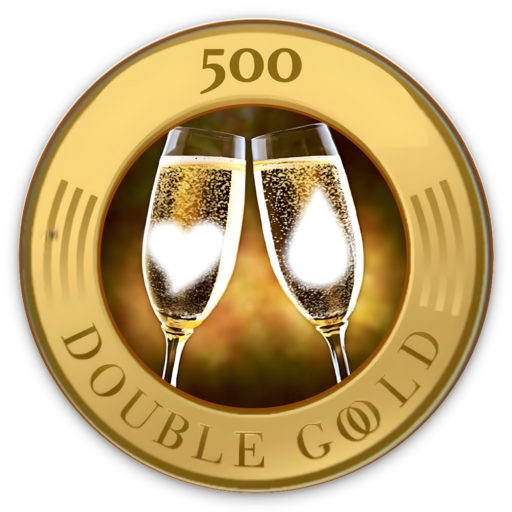

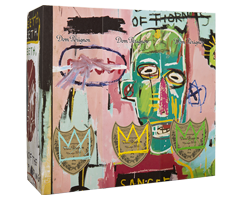
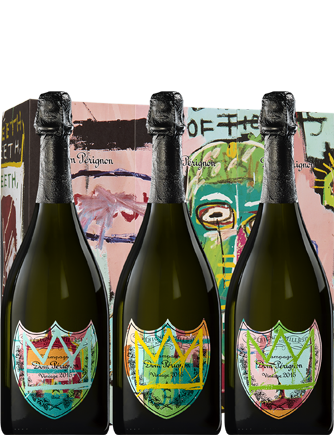
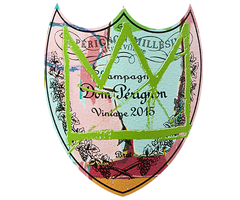
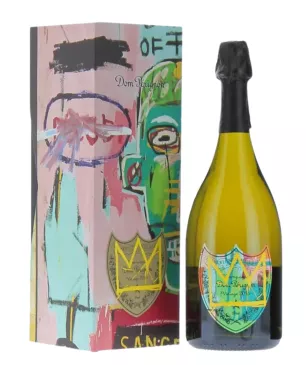
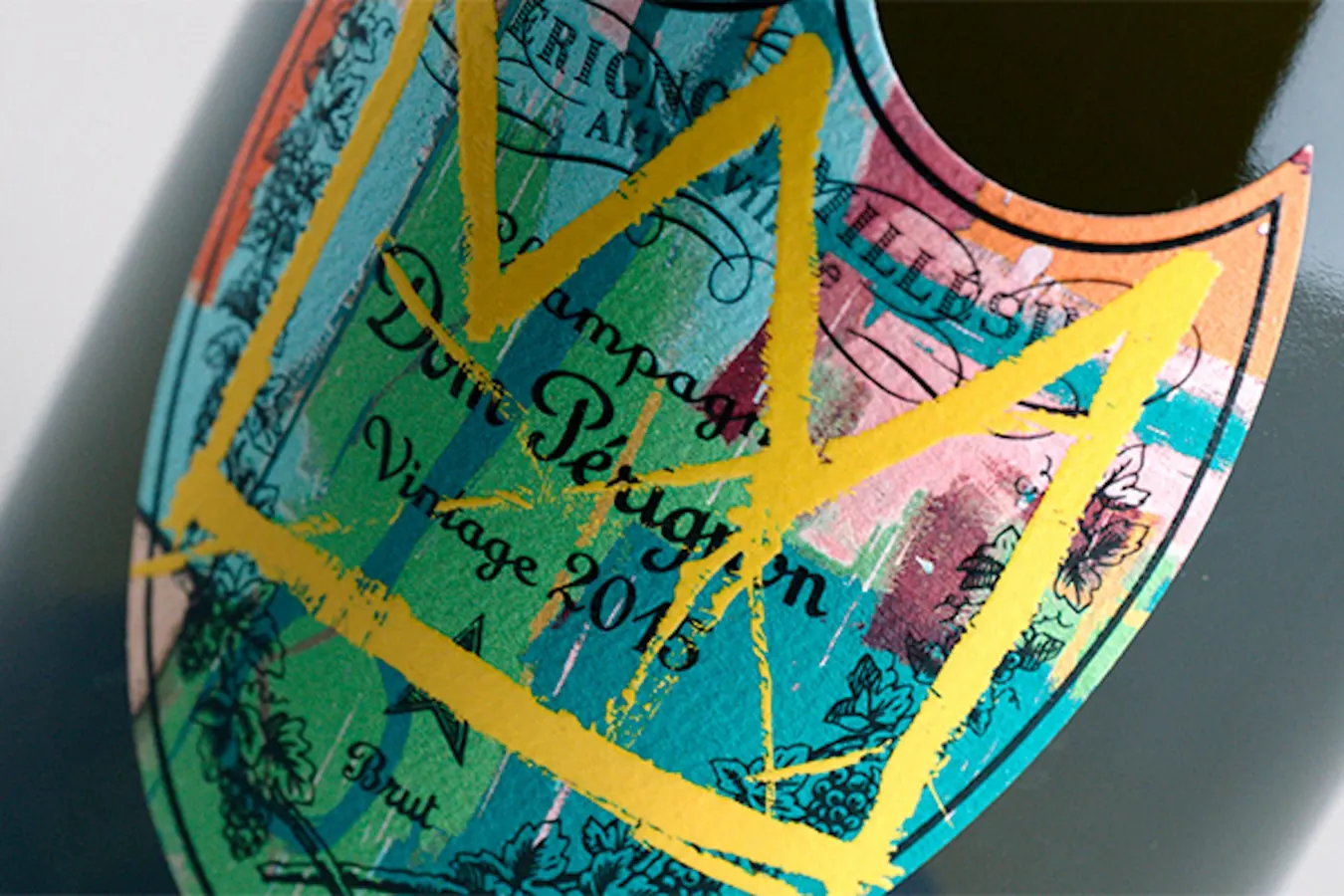
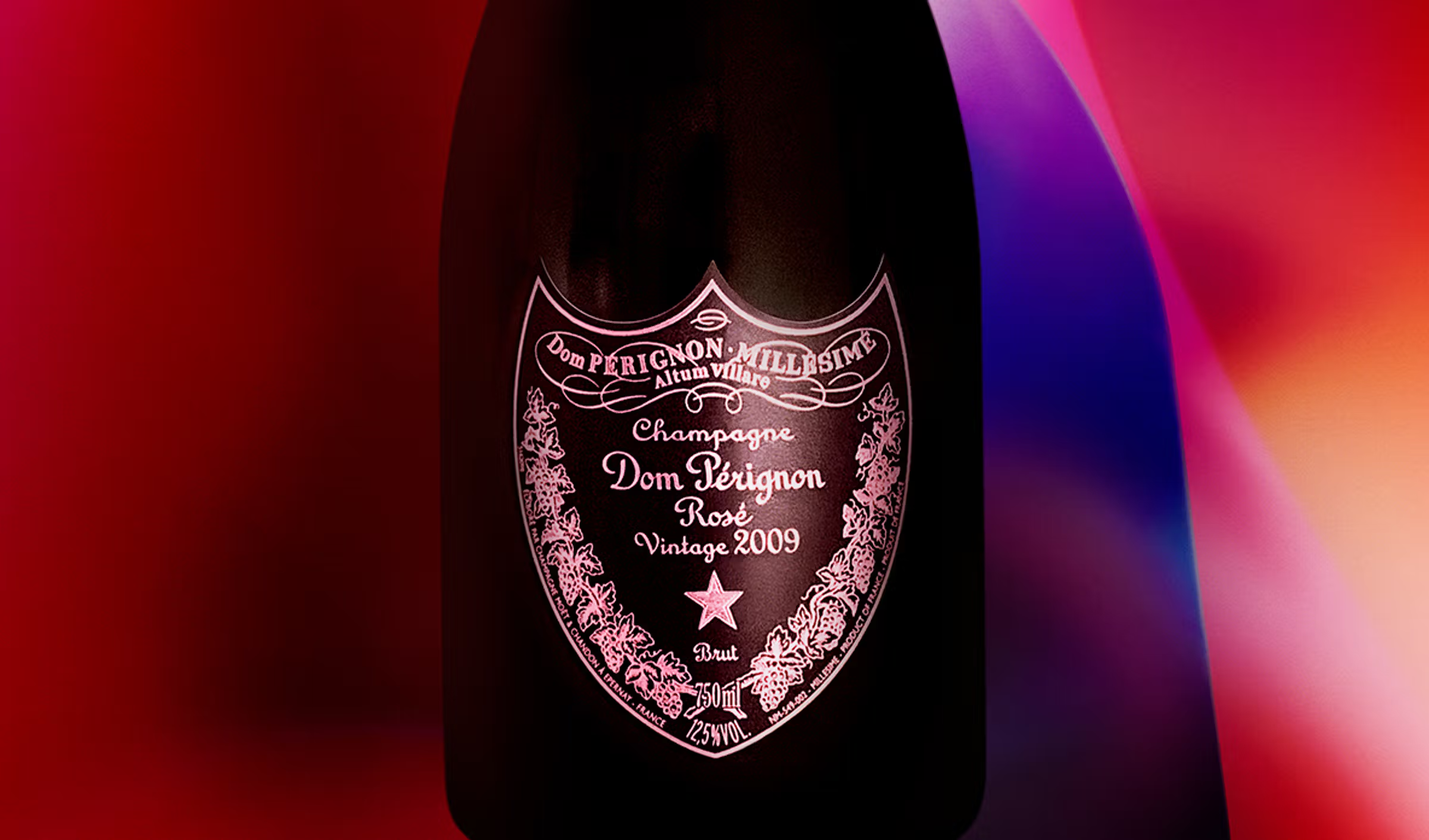
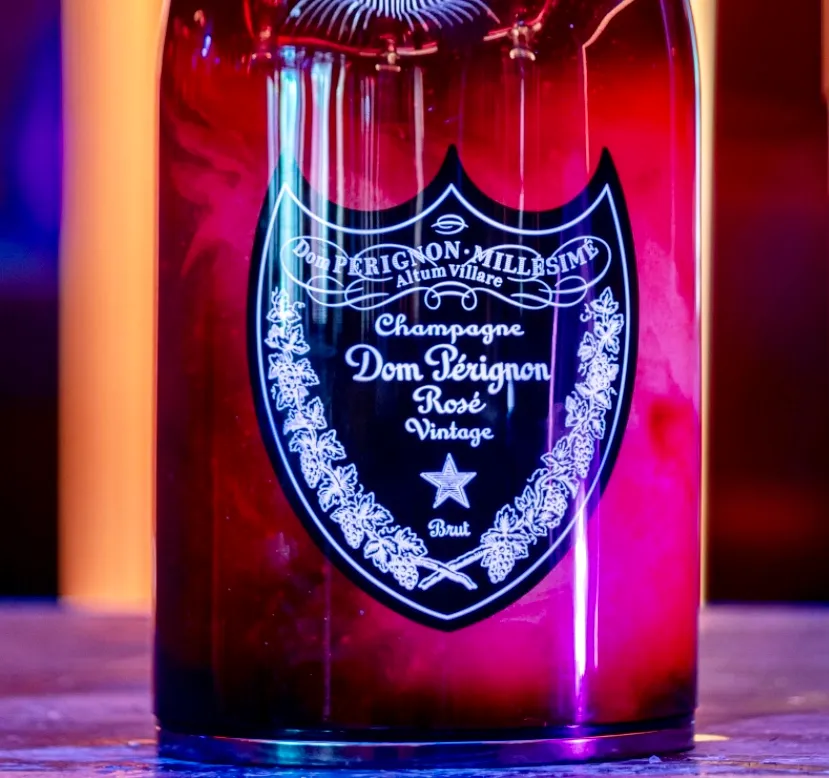


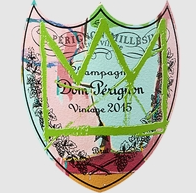
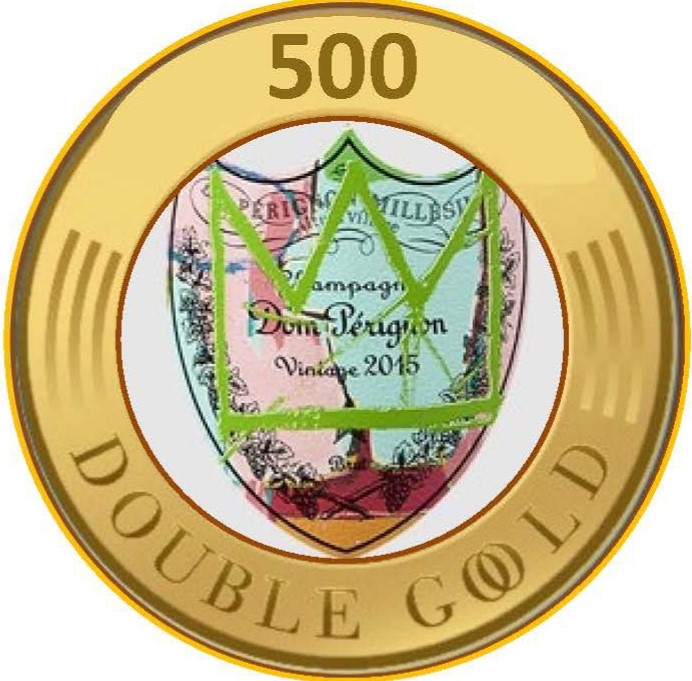
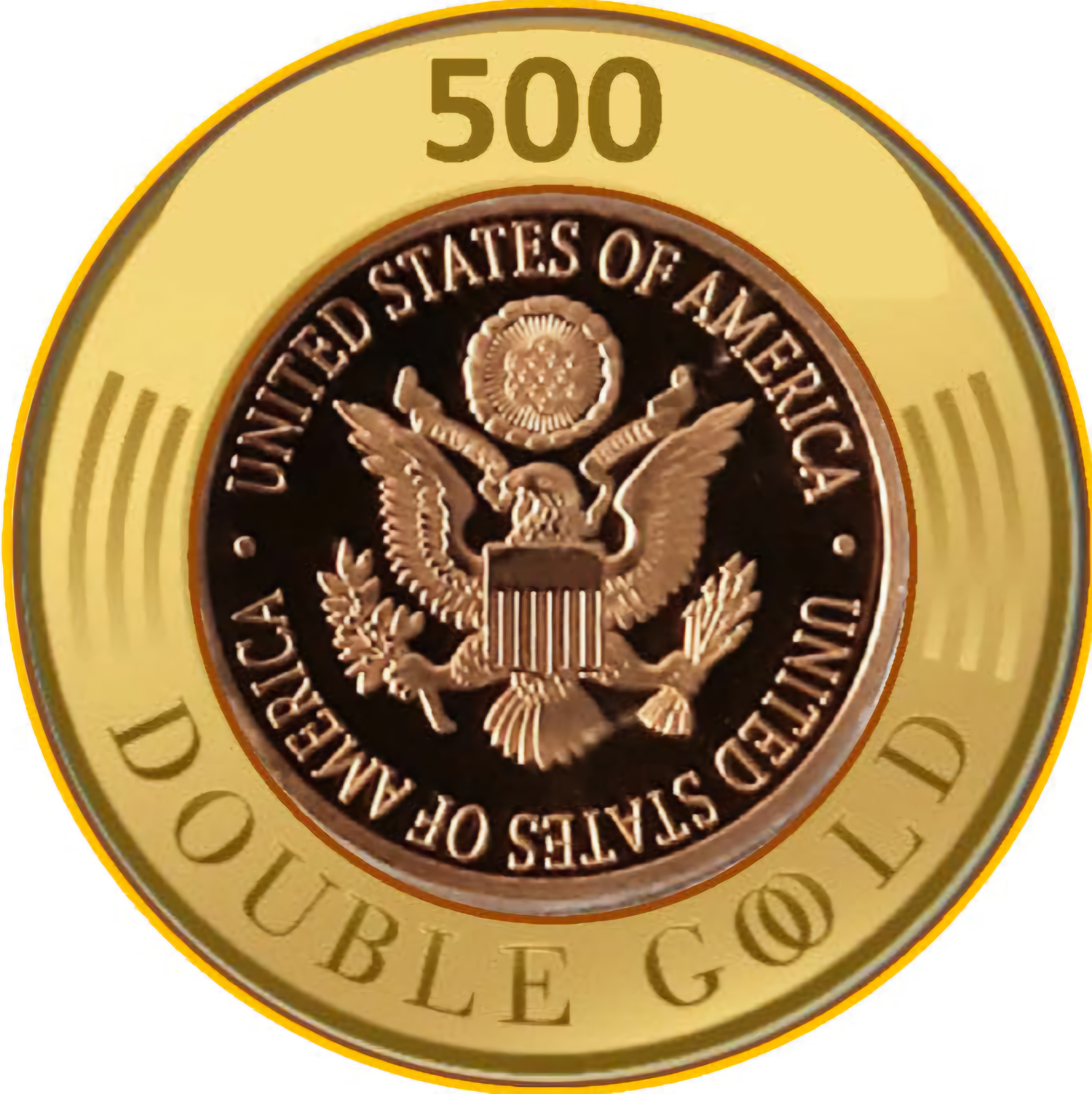
Reviews
There are no reviews yet.